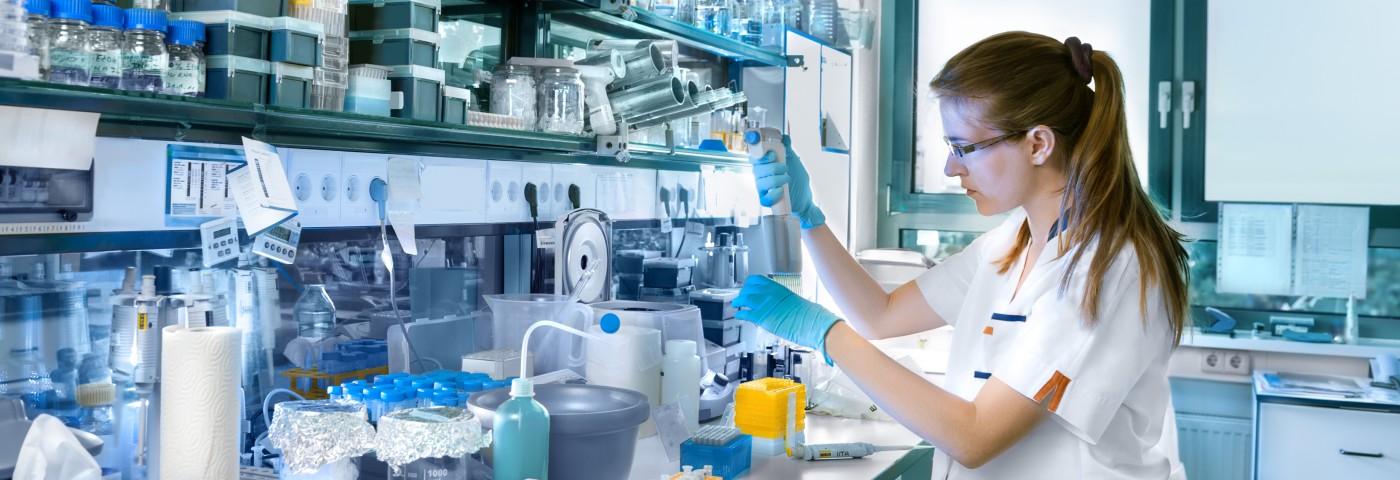Using a mouse model, researchers have developed an improved method to accurately quantify the presence of glucosylsphingosine (Lyso-Gb1) — a diagnostic and treatment-response biomarker of Gaucher disease.
The study, “A HILIC-MS/MS Method for Simultaneous Quantification of the Lysosomal Disease Markers Galactosylsphingosine and Glucosylsphingosine in Mouse Serum,” was published in the journal Biomedical Chromatography.
Gaucher disease is an inherited lysosomal disorder in which low levels of the glucocerebrosidase enzyme lead to the accumulation of two fat molecules, glucosylceramide (Gb1) and Lyso-Gb1.
As a result, these fat molecules build up in several organs, including the liver, spleen, bone marrow, and nervous system, which impairs their normal functioning.
Lyso-Gb1 has been identified as a consistent and specific diagnostic biomarker, as well as the most reliable response-to-therapy biomarker, of Gaucher disease. Current methods to detect Lyso-Gb1 in patient blood samples, although reliable, have some limitations; for example, they use radioactive reagents or can be very time-consuming.
Researchers at Washington University School of Medicine in St. Louis have now developed an improved method for the detection of Lyso-Gb1, which requires an easier sample preparation and a shorter analysis time.
It consists of an improved version of a method called hydrophilic interaction chromatography-tandem mass spectrometry (HILIC-MS/MS), which is able to successfully separate lipid molecules in a sample and detect their levels of activity with a high degree of specificity and sensitivity.
The method was tested in a mouse model of Krabbe disease, one of the most severe lysosomal storage disorders, in which a different lipid molecule — galactosylsphingosine — accumulates in specific cells of the nervous system, causing nerve cell damage.
Researchers measured the levels of Lyso-Gb1 and galactosylsphingosine — a biomarker of Krabbe disease — in blood samples of Krabbe mice and healthy mice, collected at different ages: six, 13, 23, and 36 days.
Both lipids were successfully detected and quantified through the improved method. Lyso-Gb1 was present at low levels in both healthy and Krabbe mice. To the researchers’ surprise, the levels of the Gaucher biomarker decreased over time in both groups of mice.
Higher Lyso-Gb1 levels than those found at 36 days had been reported in healthy mice at 12 weeks in a previous study, suggesting that “a more thorough natural history study is needed to obtain a complete profile of GluSph [Lyso-Gb1] in serum over age,” the researchers wrote.
As expected, galactosylsphingosine was detected at increasingly higher levels over time in the Krabbe mouse model, which was consistent with disease progression.
The improved quantification method was able to robustly and accurately detect and quantify Lyso-Gb1, as well as galactosylsphingosine, in blood samples of mice.
Researchers believe this method may be used in the quantification of Lyso-Gb1 and galactosylsphingosine in human blood, and could “prove useful for monitoring of these biomarkers in clinical studies in the context of development of new therapies for these disorders.”


